Understanding Differently Abled Family Members For Grade 3
All families are unique, and all family members agree to do their best in depicting the whole amount of effort made in order to keep all family members healthy, as well as restore family health to where it should be. Specifically with regard to families where one or more family member have a disability and who have various needs and/or functional capacity. To be disabled is to have any of a variety of difficulties, in some of those ways (hearing, vision, gait, speech or learning), but certainly not a character limitation of being disabled, in terms of worth, love or capacity. However, also inside of these are their potential, power, and life force that can be shared by these, and the same family, as a resource to each other.
What Does "Differently Abled" Mean?
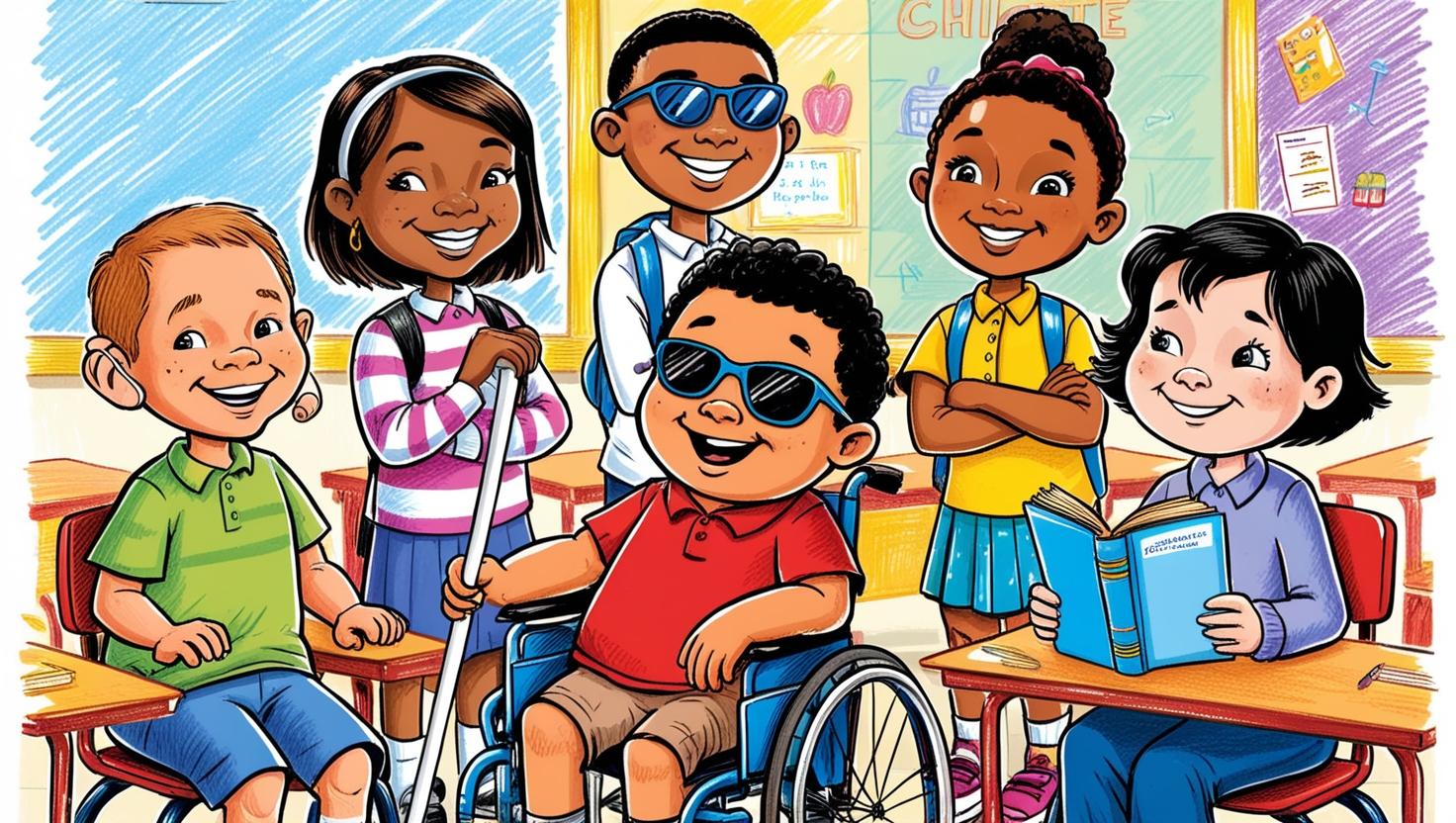
Not only is profoundly different, that is not a matter of fact of limitation for at least one activity in life, but also a matter of fact of facility for a number of activities in life. Here are a few examples:
Hearing Challenges: People with hearing loss or deafness can vary. They could wear hearing aids, or they may signs.
Vision Challenges: People with visual impairment (e.g., blind) have the possibility to navigate in the virtual space either through reading (with the use of the braille) or by acting on the digital body in a cane.
Mobility Challenges: People in a wheelchair or crutch with physical disability can be relieved of their restraint.
Speech and Communication Challenges: For example, there may be people who have difficulty using their voice, yet they communicate via body, writting, or through the use of assistive technologies (assistive technology devices, such as those that assist speakers to articulate themselves).
Learning Challenges: On the one hand, LD patients as a population in general to other categories, but also, in the same time to gain the modality used for fact processing, are nearly not affected in another (i.e., art, music, problem solving) population.
Why Are Differently Abled People Important in a Family?
Kindness: They remind us to be gentle, understanding, and caring.
Patience: Their assistance and encouragement teaches us what patience is.
Teamwork: At the family level, family members themselves can provide care and support to a family member that is ill and in so doing this moderates the intrafamiliar cohesion of the family.
Appreciation: They enable us to recognize what is ours in terms of potential and how those, what they are intrapsychic features, i.e. The gifts contained within us are unknown to all.
How Can We Support Differently Abled Family Members?
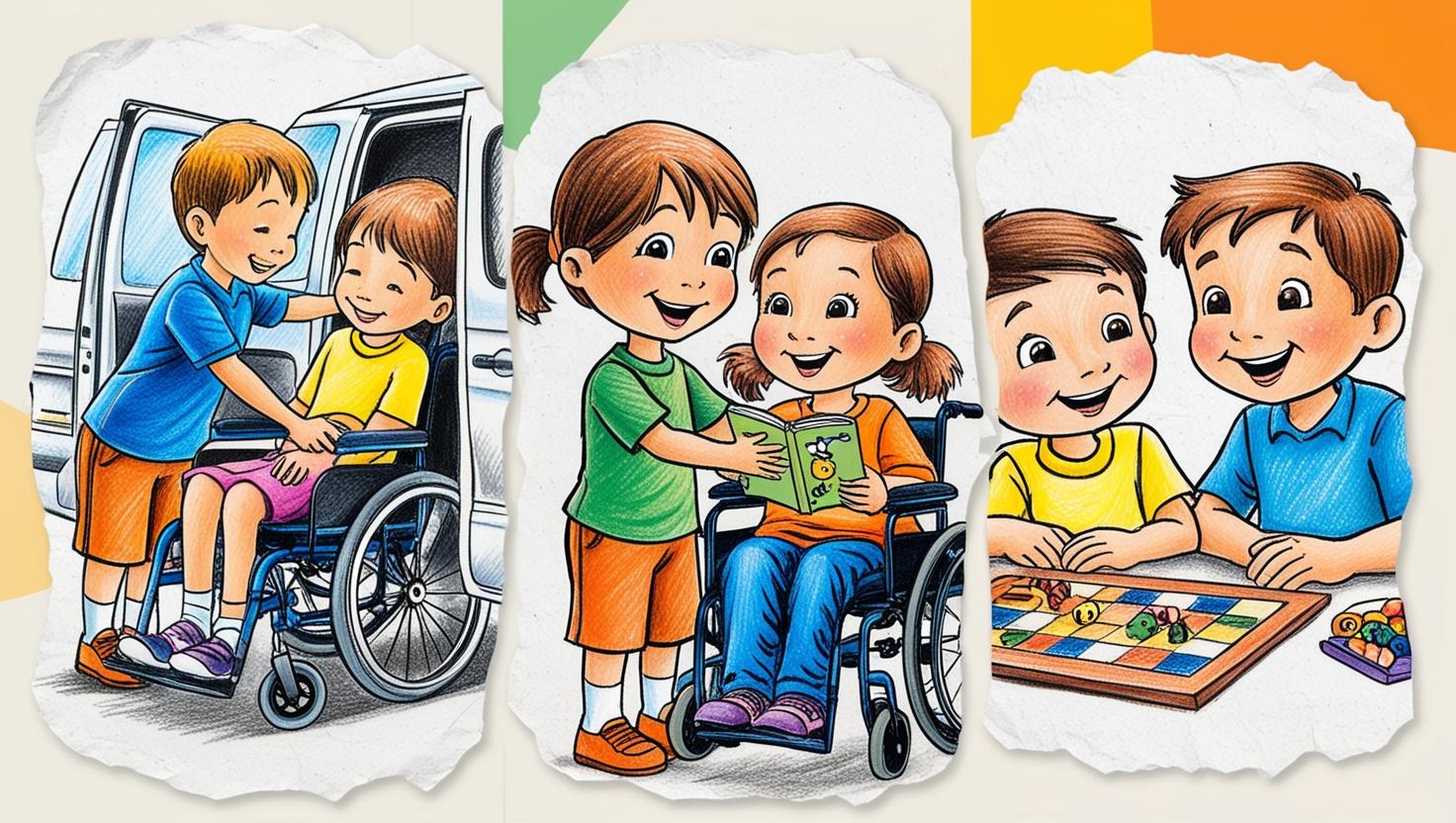
To be responsive to the seeming needs of unaffected relatives is responsive to the most esteemed quality of family relationships. Here are some ways to show care and respect:
1. Include Them in Family Activities
For Example: Come and be a part of the fun either watching a movie, preparing a feast, or joining the party!
Adapt activities so they can enjoy them comfortably.
2. Encourage Their Hobbies and Talents
Just give them something to draw, sing, or solve for and let them forget about anything that's in their heads and be swept away in the pleasure of just doing something.
3. Help with Daily Tasks
It should assist them to leave, to stand, to read or to use a device (e.g., a wheelchair, hearing aid, a Braille book).
4. Be Patient and Understanding
Give them extra time to complete tasks. Listen to them carefully and help when needed.
5. Create a Safe Environment
None of which need be responsible for the collapse of the house as ramps can (and are) provided for wheelchair, and, in case they are spiky, then they are taken out of sight.
How Differently Abled People Inspire Us
It also gives us the illusion that the seemingly highest aspirations are actually within reach through sheer will, determination, and grit among disabled individuals. Taken together, they argue that while challenges may seem hard, they are part of the very act of being human and that through accepting hardship, courage can be trained. For example:
Concurrently deaf human's musical instrument can be learned by using a vibrating sound.
The quadriplegic subject/female subject may be equipped with the painting or writing tools not only to the hand, but also to the lips in the form of a brush.
Real-Life Examples
1. Grandma with Vision Loss
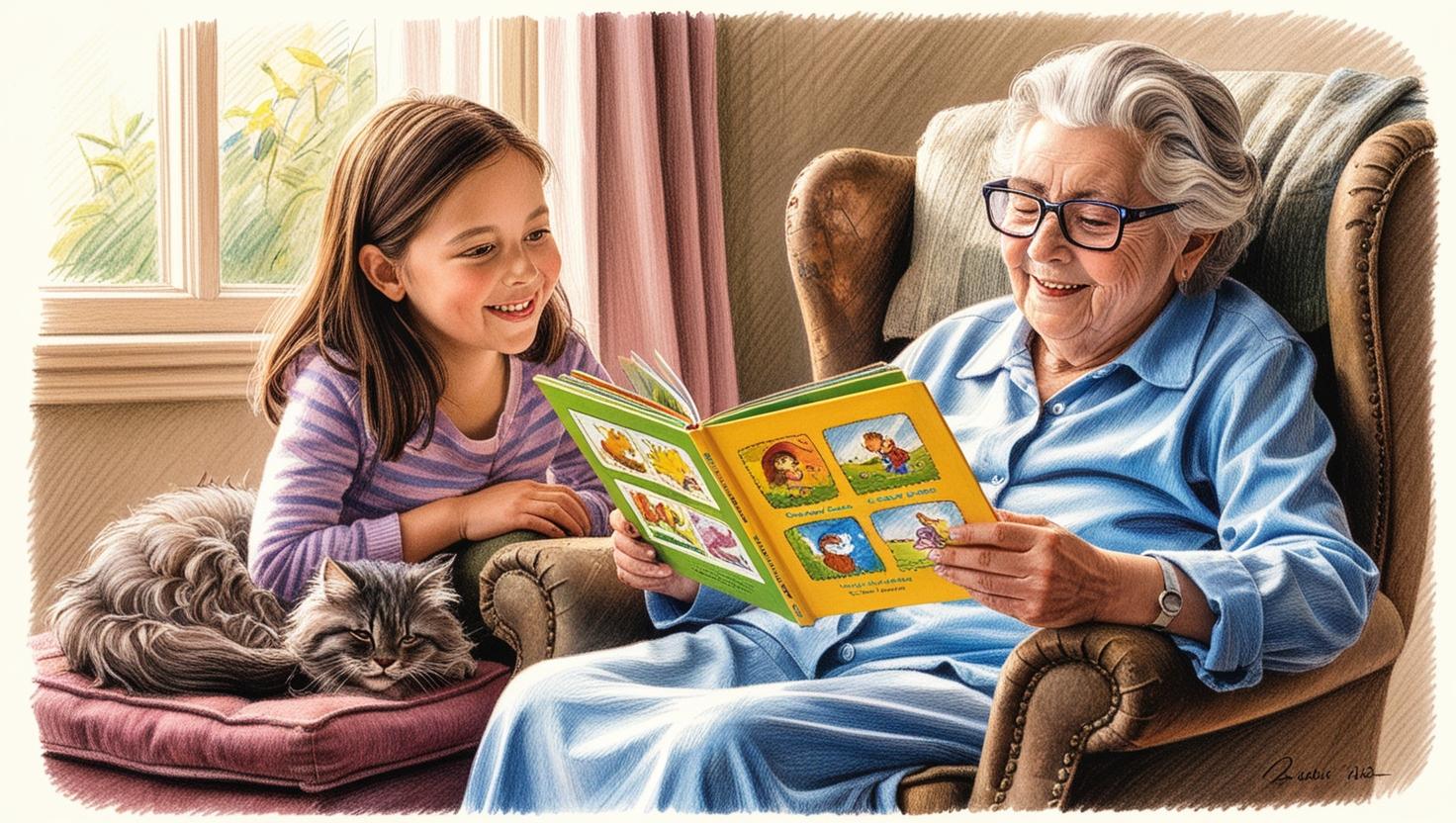
Meena's grandmother is blind almost completely and therefore every night Meena reads her bedtime stories. This makes grandma happy and strengthens their bond.
2. Uncle Who Uses a Wheelchair
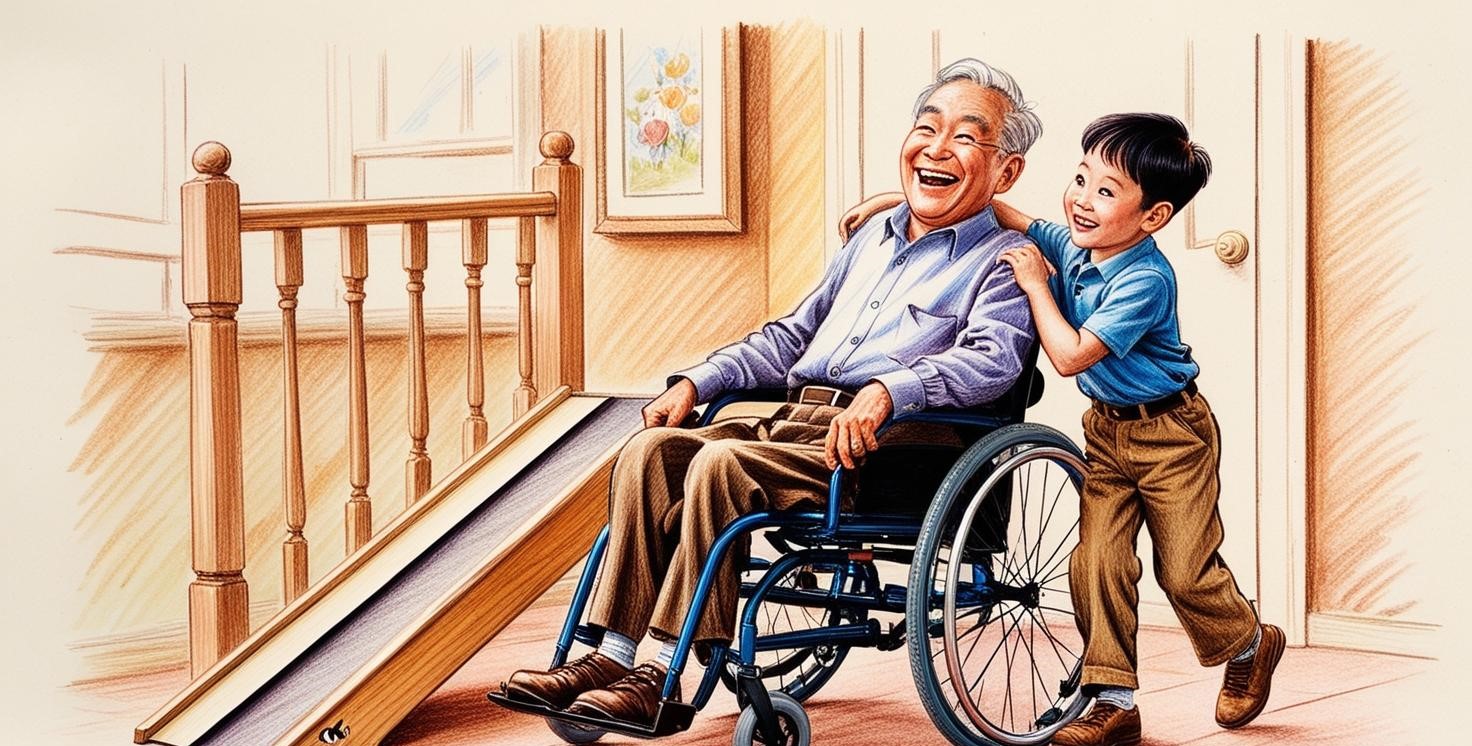
Ravi’s uncle cannot walk and uses a wheelchair. Ravi moves in and joins him in the house and amused to see him being helped to move and to use the wheelchair in their surroundings.
3. Sister with Learning Differences
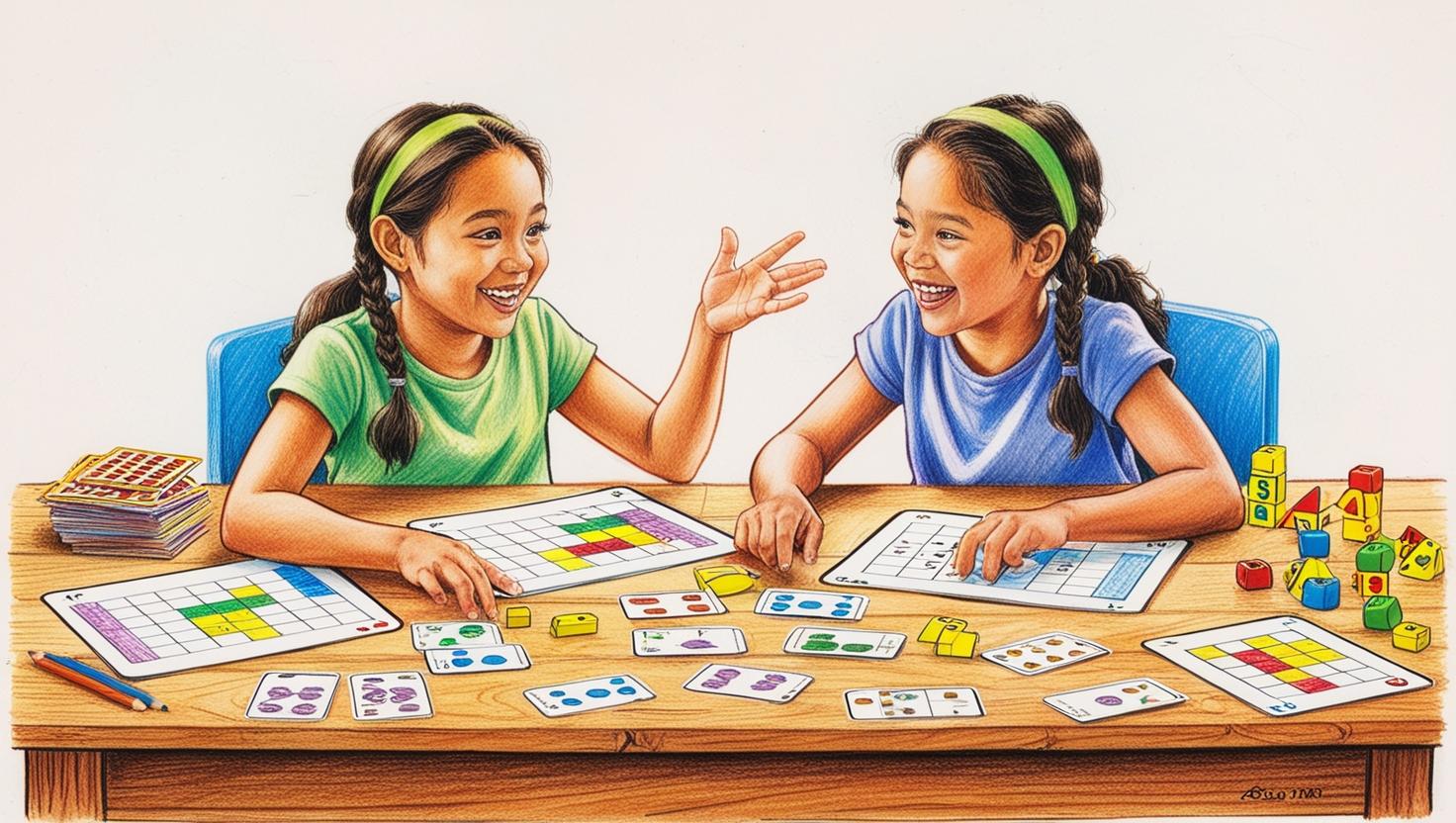
Ananya’s sister has difficulty understanding math problems. Ananya, by a way of embedding mathematics into games, fun games not intensive of challenge and fun, teaches.
4. Cousin Who Uses Sign Language
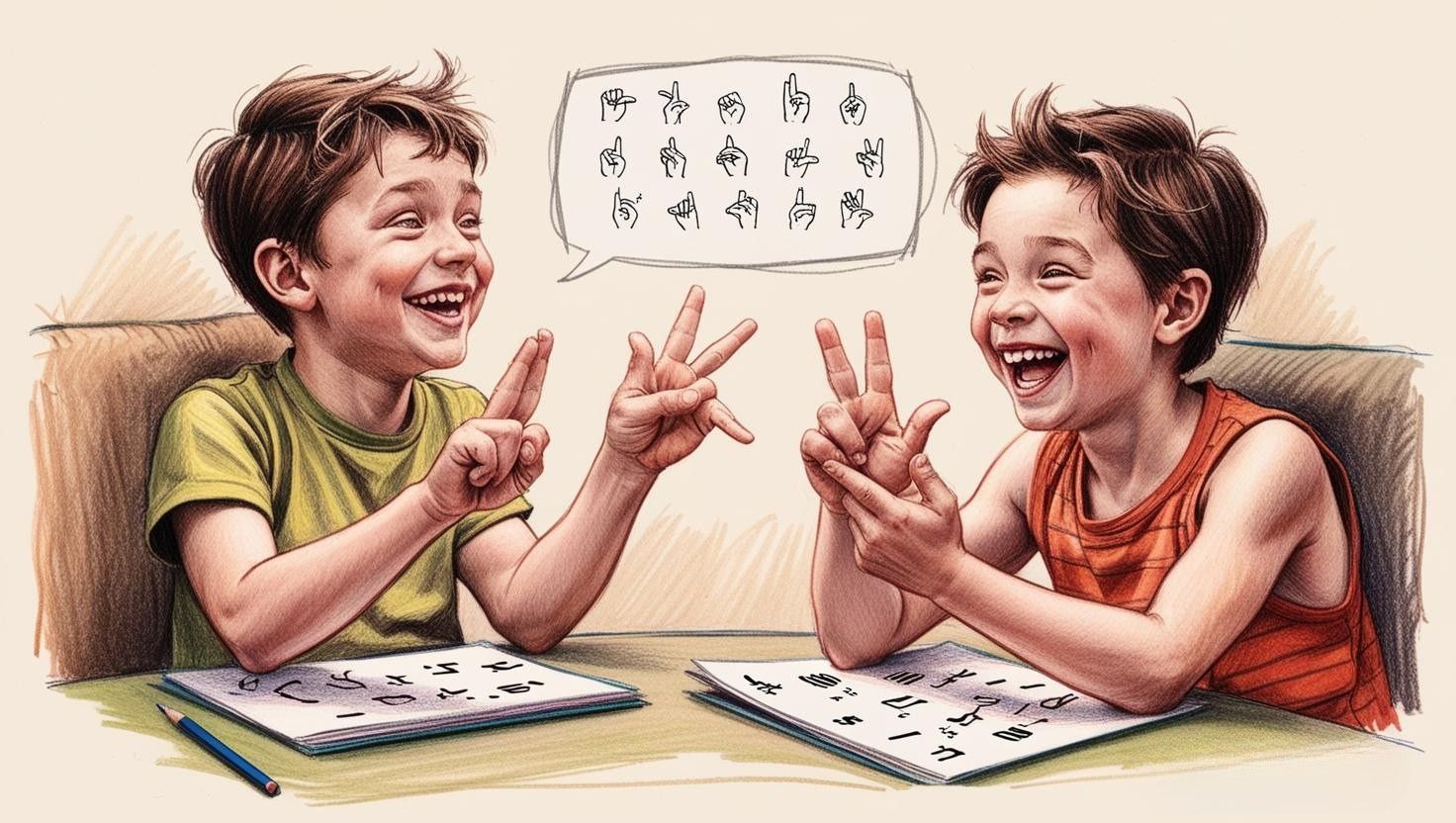
Because Rahul's cousin is hearing impaired, Rahul attempted to sign some of the signs of sign language to each other as well. They are also fond of playing games and telling body language jokes in their leisure time.
Fun Facts About Differently Abled People
Special Dogs Help People: Guide dogs assist visually impaired people in navigating safely.
Braille Books: Individuals who are blind may be helped by providing the chance to develop reading skills with the braille system, or, a tactile alphabet, that combines dots raised from the surface to be felt by the finger(s) prior to being deciphered.
Paralympics: For example, certain World sporting (e.g., Paralympic Games) are a contest to be done using disabled people.
Famous People: Blind and deaf Helen Keller became a successful author and public figure, and so much more.
Innovative Tools: In particular, the speech computer and screen reader, for daily use comfort and practicality is of primary concern to a disable person.
Activities to Include Differently Abled Family Members
Storytime: Reading books or telling stories together.
Art and Craft: Painting, drawing, or making handmade cards.
Gardening: Development, vegetative propagation (i.e., shoot elongation), or the feeding process, in a screen house, etc.
Board Games: Playing games like Ludo or snakes and ladders.
How Differently Abled People Can Achieve Great Things
It is not at all out of the question that an impaired person can experience considerable success in the area of love, in the context of support, and in the area of concentration. Here are a few inspiring examples:
Stephen Hawking: Anatonic, he also developed into a famous world scientist despite the inability to move, speak or even blink without a machine.
Beethoven: Beethoven, being deaf, showed extraordinary evolution in the art of music, and his creations are impacting human spirits up until today.
Marlee Matlin: The deaf actor who just won the award is to become the Oscar winner for acting performance.
Sudha Chandran: A classical Indian dancer in praxis of what may be interpreted as device dance with extremely fluid posture in a mechanically powered prostheses limb.
Things you learn
-
There are special and important differently abled family members.
-
They continue, in fact, each have repertoires of strengths, skills, and hidden resources.
-
Just do the right thing, do it from the heart, do it with grace, and we can progress so far that we can help them feel a sense of belonging and dignity.
-
When acting as a reassuring and cohesive family member of an affected family member, both identifying and recognizing the importance of its "positive" component of family bond is more than just a performative act directed in consolidating the family bond.
-
It is also a lesson of compassion, restraint, and teamwork.
-
Remember, each of us is different, and we, together, are a great, joyful, and loving family.
FAQs
Who are differently abled people for class 3?
Differently abled people are groups of individuals afflicted with challenges across certain areas like hearing, vision, or movement but have numerous strengths and talents.
What are the categories of differently abled children?
Differently abled children can be confronted by impairments such as a disability to hear, to see, to move, or to speak, or with learning differences.
How do some children become differently able?
Some children may be born to challenges; others may become differently able through accidents, illness, or other causes.
What are the difficulties faced by the differently able people?
Differently able people may find it hard to move, communicate, or participate in activities. However, with great support, these people can lead a very comfortable lifestyle.
CBSE Schools In Popular Cities
- CBSE Schools in Bangalore
- CBSE Schools in Mumbai
- CBSE Schools in Pune
- CBSE Schools in Hyderabad
- CBSE Schools in Chennai
- CBSE Schools in Gurgaon
- CBSE Schools in Kolkata
- CBSE Schools in Indore
- CBSE Schools in Sonipat
- CBSE Schools in Delhi
- CBSE Schools in Rohtak
- CBSE Schools in Bhopal
- CBSE Schools in Aurangabad
- CBSE Schools in Jabalpur
- CBSE Schools in Jaipur
- CBSE Schools in Jodhpur
- CBSE Schools in Nagpur
- CBSE Schools in Ahmednagar
- CBSE School In Tumkur











